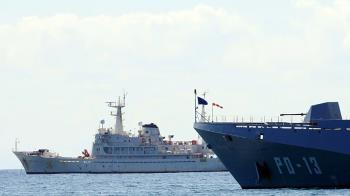ALWAGHT- Marking a milestone for Iran’s private space sector, the “Kowsar” and “Hodhod” satellites were successfully launched into orbit on a Russian Soyuz rocket, representing the country’s first private venture in satellite production and space deployment.
The Iranian satellites Kowsar and Hodhod were launched into space as part of a payload on a Russian Soyuz rocket, which carried 53 satellites in total. This launch marks a significant step for Iran, representing its private sector's first foray into satellite manufacturing and deployment.
Kowsar, a 30-kilogram high-resolution imaging satellite, is designed for applications in agriculture, natural resource management, environmental monitoring, and disaster response. It has a 3.45-meter resolution, exceeding Iran’s goal of achieving 10-meter GSD cameras by 2025. With a 3.5-year lifespan in a 500-kilometer orbit, Kowsar can capture six frames per second across a 15-kilometer range. It features an RGB camera with 3.45-meter resolution and an NIR camera with 5.5-meter resolution, powered by a 44-watt-hour capacity and consuming 29 watt-hours for its payload.
Hodhod is a small communications satellite designed to create satellite-based networks and improve IoT connectivity, especially in regions with limited terrestrial communication access. Built to the CubeSat standard, Hodhod operates in a 500-kilometer orbit and supports precision agriculture, logistics, and environmental monitoring, focusing on expanding IoT capabilities.



























